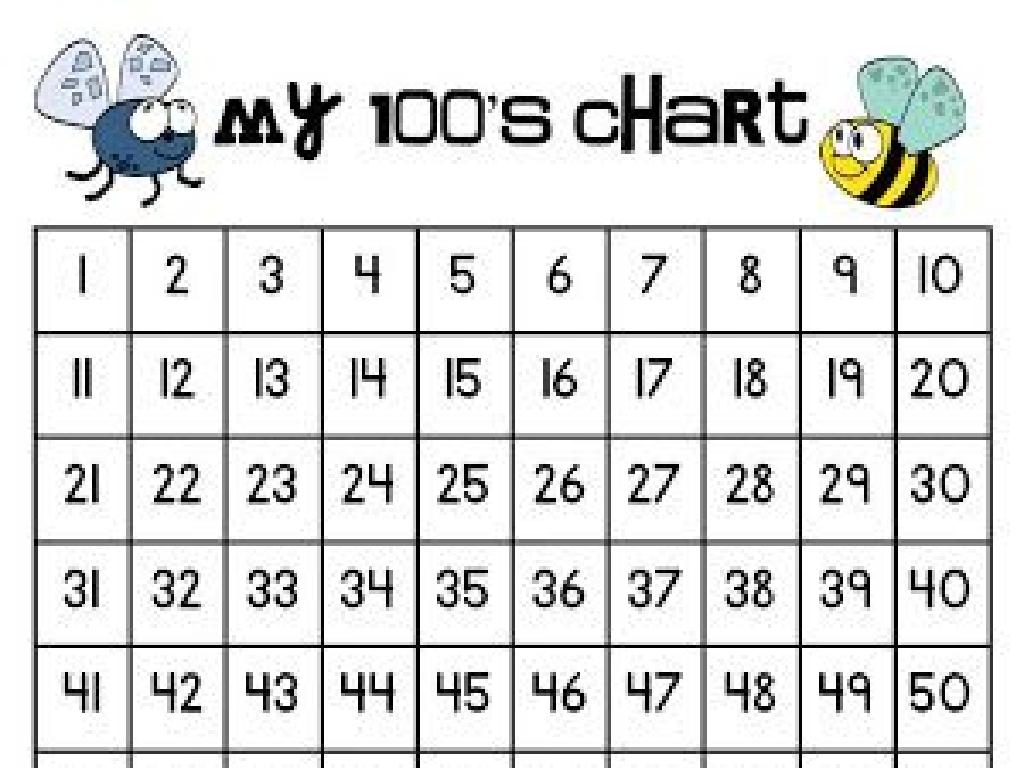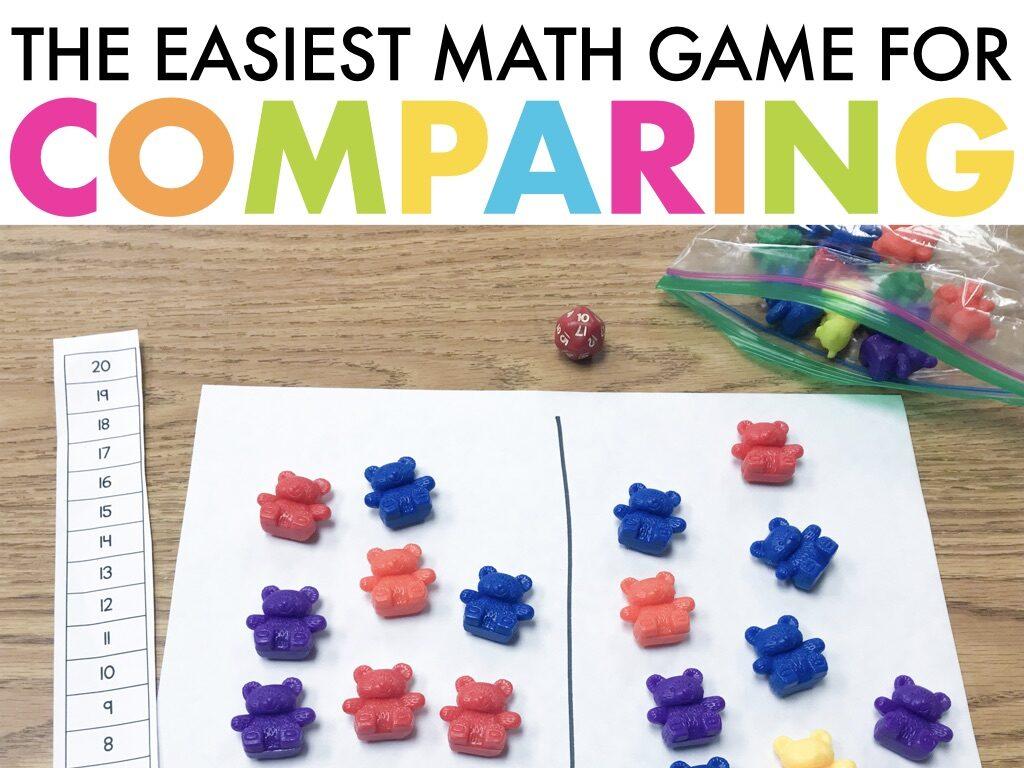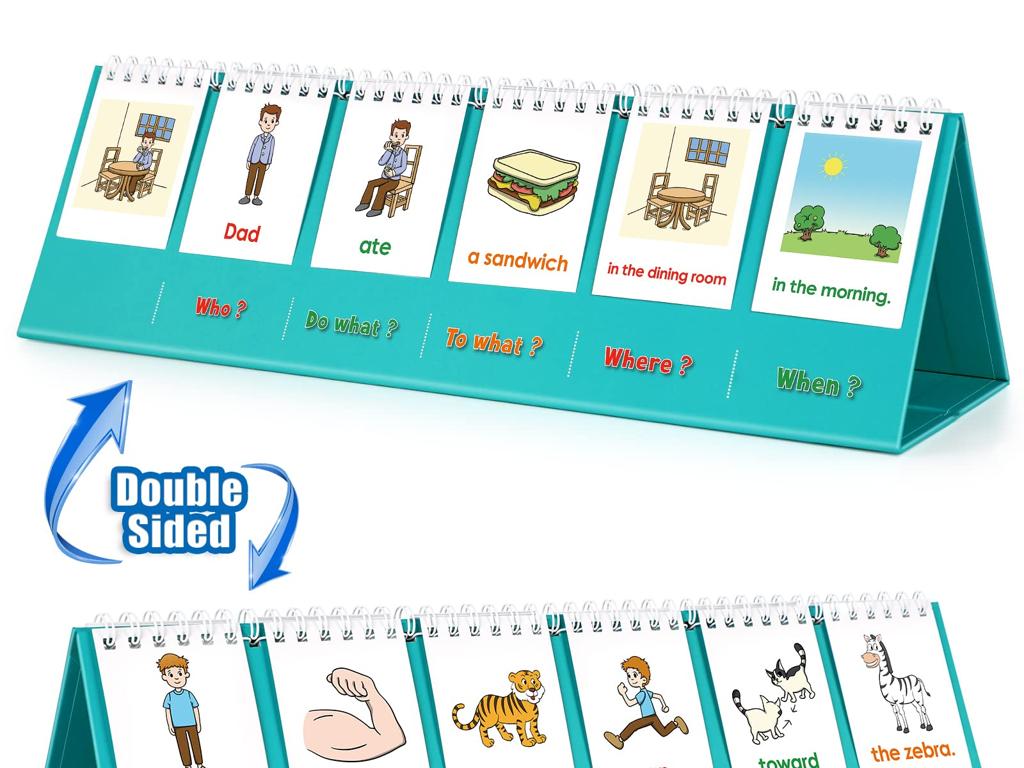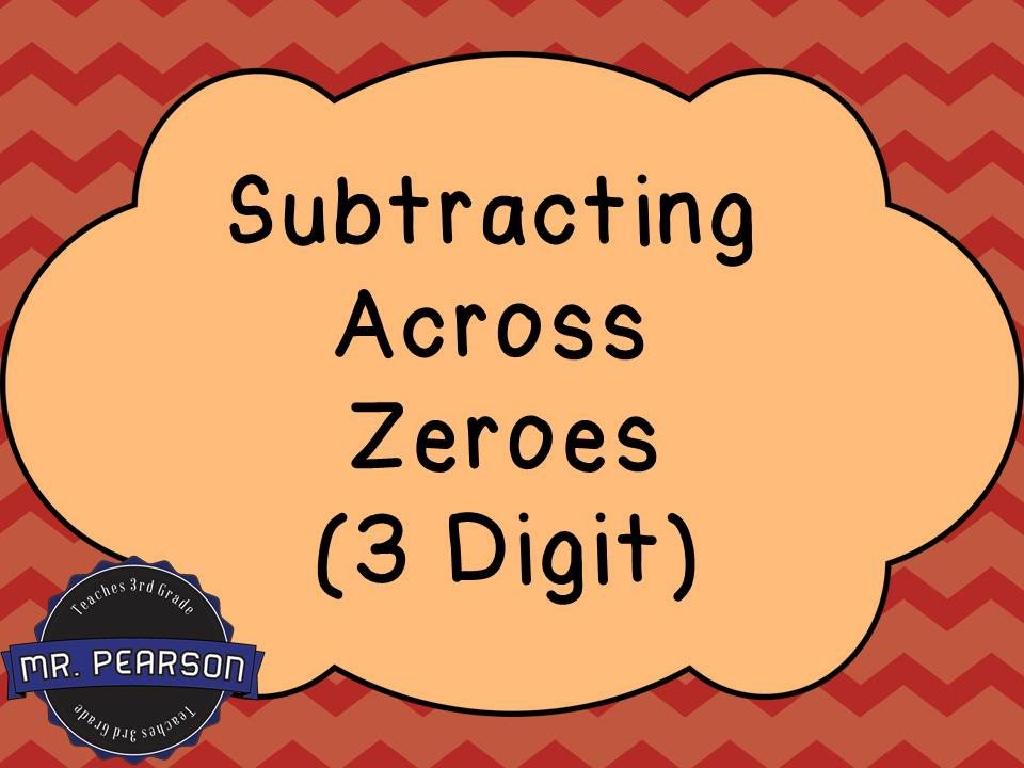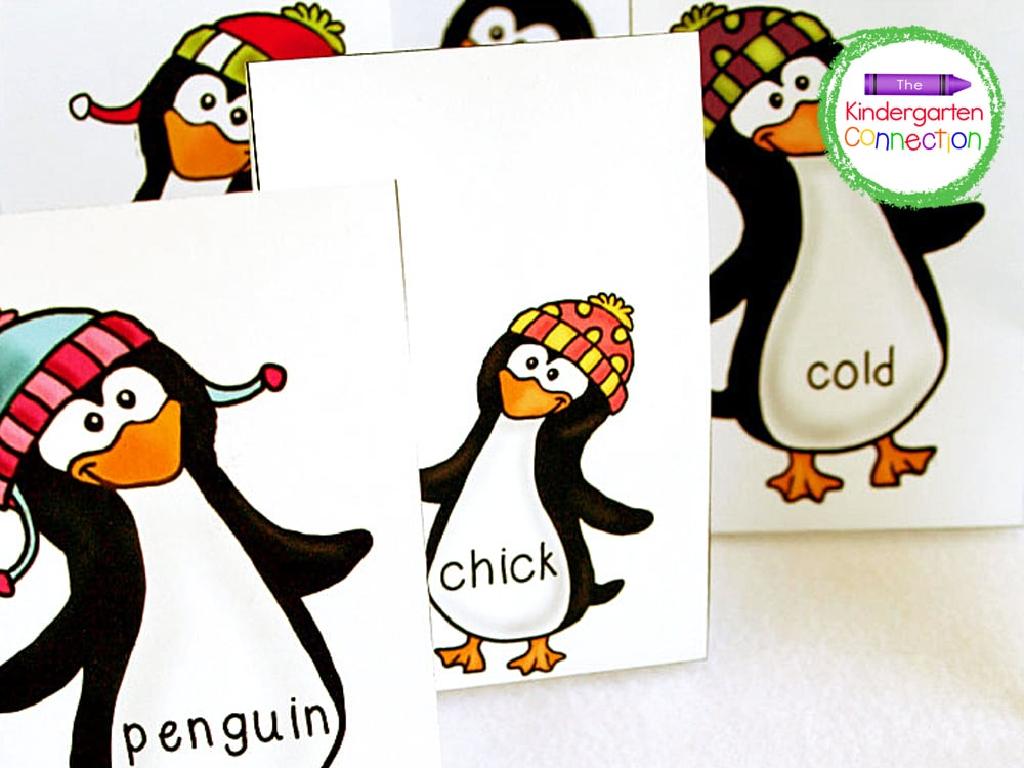Choose The Short E Sentence That Matches The Picture
Subject: Language arts
Grade: Kindergarten
Topic: Short E
Please LOG IN to download the presentation. Access is available to registered users only.
View More Content
Welcome to Short ‘e’ Sounds!
– Greet the class with a cheerful good morning!
– Today’s focus: the short ‘e’ sound
– Practice saying ‘eh’ like in ‘bed’
– Repeat after me: ‘eh’ as in ‘bed’, ‘red’, ‘ten’
– Listen for ‘eh’ in words we use
– We’ll find ‘eh’ sounds in fun pictures and words
|
This slide is designed to introduce Kindergarten students to the short ‘e’ sound. Start the class with a warm greeting to create a welcoming atmosphere. Explain that the day’s lesson will focus on the short ‘e’ sound, which sounds like ‘eh’. Engage the students by asking them to repeat the sound after you, using familiar words such as ‘bed’, ‘red’, and ‘ten’. Emphasize the ‘eh’ sound and encourage them to listen for this sound in words throughout the lesson. Incorporate visual aids with pictures representing words that contain the short ‘e’ sound to help them associate the sound with the letter and words. This interactive approach will help students recognize and pronounce the short ‘e’ sound in their vocabulary.
The Short ‘e’ Sound
– What is the short ‘e’ sound?
– It’s the ‘eh’ sound in some words.
– Examples: ‘bed’, ‘red’, ‘hen’
– Words with ‘e’ like in ‘bed’.
– Practice saying ‘eh’
– We’ll say it together in class!
– Listen for ‘e’ in words
|
This slide introduces the short ‘e’ sound to Kindergarten students. Start by explaining the sound with a simple definition. Use common examples that the children are likely familiar with, such as ‘bed’, ‘red’, and ‘hen’, to illustrate the sound. Engage the class by saying the ‘eh’ sound together, making it interactive. Encourage the students to listen for the short ‘e’ sound in words during the day and in their favorite stories. This will help them recognize the sound in different contexts and improve their phonetic skills.
Listening to Short ‘e’ Sounds
– Listen for the short ‘e’ sound
– Raise your hand when you hear it
– Examples: ‘net’, ‘pet’, ‘set’
– Words like ‘net’, ‘pet’, and ‘set’ have the short ‘e’ sound
– Practice makes perfect
– We’ll repeat to get better at hearing it
|
This slide is designed for a listening activity focused on identifying the short ‘e’ sound. Start by explaining to the students that they will be listening to words and must pay attention to the short ‘e’ sound. Demonstrate the sound clearly and then say the example words one by one, giving the students time to raise their hands when they recognize the sound. Reinforce the activity by repeating the words and encouraging the students to say them after you. This will help them associate the sound with the letter and improve their phonemic awareness. Make sure to praise their efforts to build confidence.
Let’s Play: Match the Sentence!
– Observe the pictures carefully
– Listen as I read sentences aloud
– Pay attention to the words with the short ‘e’ sound
– Match sentences to the right picture
– Think about what you see and what you hear
– Get ready for a fun challenge!
|
This slide is designed to engage Kindergarten students in a matching game that combines visual and auditory learning. The activity focuses on the short ‘e’ sound, helping students to connect spoken language with visual cues. As the teacher, you will display pictures and read sentences with the short ‘e’ sound aloud. Students will then use their listening and observation skills to match your sentences with the correct pictures. This interactive game not only reinforces the concept of the short ‘e’ sound but also encourages active participation and critical thinking. Be prepared to offer guidance and celebrate correct matches to foster a positive learning environment.
Sentence Matching with Short ‘e’
– Look at the picture of the hen
– Which sentence is correct?
– Is it about a hen or a dog?
– ‘The hen is red.’ or ‘The dog is big.’
– Listen for the short ‘e’ sound in ‘hen’ and ‘red’.
– Let’s pick the right one together!
|
This slide is designed to help Kindergarten students recognize the short ‘e’ sound and match sentences to pictures. Display a picture of a hen and present two sentences. One sentence contains the short ‘e’ sound and correctly describes the picture, while the other is unrelated. Guide the students to choose the sentence that matches the picture by focusing on the short ‘e’ sound and the context of the sentence. Encourage them to explain why the chosen sentence is correct. This activity will enhance their listening skills and ability to associate sounds with words and images.
Practice Time: Find the Short ‘e’ Sound!
– Look at each picture carefully
– Find the sentence with the short ‘e’
– Sentences like ‘The hen is red’ or ‘Ten hens on the bed’
– Choose the matching sentence
– Match the picture to the correct sentence with short ‘e’
– Everyone will have a chance to try
|
This slide is for a class activity focused on identifying the short ‘e’ sound in sentences. Display pictures that can be associated with words containing the short ‘e’ sound, such as a bed, a red hen, or a man with a net. Provide sentences with and without the short ‘e’ sound for each picture. Encourage each student to participate by choosing the sentence that correctly matches the picture. Reinforce the lesson by repeating the correct sentences together and praising correct answers. This activity helps students with phonemic awareness and reading comprehension. Possible variations of the activity could include matching games, drawing their own pictures for given sentences, or even a short ‘e’ sound scavenger hunt around the classroom.
Let’s Review: Short ‘e’ Sound
– What sound does ‘e’ make?
– The short ‘e’ sounds like ‘eh’ as in ‘bed’.
– Words with the ‘e’ sound
– Examples: ‘net’, ‘red’, ‘ten’. Can you think of more?
– Great listening and choosing!
|
This slide is aimed at reviewing the short ‘e’ sound with the students. Start by asking the class to recall the sound that the short ‘e’ makes, which is the ‘eh’ sound as in ‘bed’. Then, prompt the students to come up with words that contain the short ‘e’ sound, guiding them towards examples if needed. Praise the students for their active participation and for the words they’ve successfully matched with the short ‘e’ sound during the class. The goal is to reinforce their understanding of the sound and its occurrence in different words, enhancing their phonemic awareness and reading skills.
Class Activity: Short ‘e’ Sound Booklets
– Create your own short ‘e’ booklet
– Draw items with the short ‘e’ sound
– Examples: bed, hen, net
– Add words with the short ‘e’ sound
– Write ‘bed’, ‘hen’, or ‘net’ under the drawings
– Share your booklet with classmates
|
This activity is designed to help Kindergarten students recognize and practice the short ‘e’ sound in a fun and creative way. Provide them with booklets or folded paper where they can draw and label pictures of items that contain the short ‘e’ sound, such as ‘bed’, ‘hen’, or ‘net’. Encourage them to sound out the words as they draw. Once completed, organize a show-and-tell session where each student can present their booklet and describe the pictures they’ve drawn. This will reinforce their understanding of the short ‘e’ sound and build their confidence in speaking and reading. Possible variations of the activity could include creating a classroom short ‘e’ collage or having a ‘short e’ scavenger hunt around the room.

